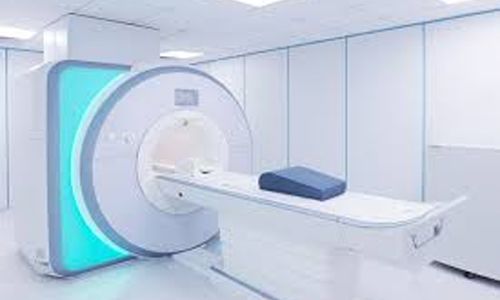
Unjustified clinical variance in the use of MRI and CT scans results in considerable CO2 emissions among nations with similar rates of growth, says an article published in European Journal of Internal Medicine.
Global health is seriously threatened by pollution, and there is rising interest in methods to lower emissions brought on by healthcare systems. Unwanted clinical variation, or fluctuation in the use of healthcare services that is not attributable to variations in the sickness or preferences of patients, may be a preventable source of CO2 when it is linked to overuse. In order to assess the CO2 emissions owing to unjustified differences in the usage of MRI and CT scans among nations in the G20 region, Ludovico Furlan and colleagues undertook this study.
Seven G20 nations having statistics on the utilization of CT and MRI scans were chosen from the archive of the Organization for Economic Co-operation and Development. For these tests, the yearly electric energy consumption per 1000 people in each country was computed (T-Enex-1000), and the median and lowest values were compared. We calculated the national energy and related tons of CO2 that may be avoided annually based on such disparities.
The key findings of this study were:
Researchers calculated a considerable quantity of possibly preventable emissions per year using the data that was provided and discovered a significant variance in T-Enex-1000 (median value 1782 kWh, range 1200-3079 kWh) (range 2046–175120 tons of CO2).
In order to effectively reduce these emissions, it would be necessary to clear between 1.2 and 1.7 times the size of the greatest German forest, or between 71900 and 104210 acres, of forestland in Germany (Bavarian National Forest).
The unjustified clinical variance in the utilization of MRI and CT scans among the seven major G20 nations greatly increases CO2 emissions. The environmental effect of unnecessary tests, operations, and treatments should be thoroughly evaluated, and Choosing Wisely Campaign guidelines may include environmental costs as pertinent considerations for healthcare professionals, stakeholders, patients, and people.
Reference:
Furlan, L., Di Francesco, P., Tobaldini, E., Solbiati, M., Colombo, G., Casazza, G., Costantino, G., & Montano, N. (2023). The environmental cost of unwarranted variation in the use of magnetic resonance imaging and computed tomography scans. In European Journal of Internal Medicine. Elsevier BV. https://doi.org/10.1016/j.ejim.2023.01.016
